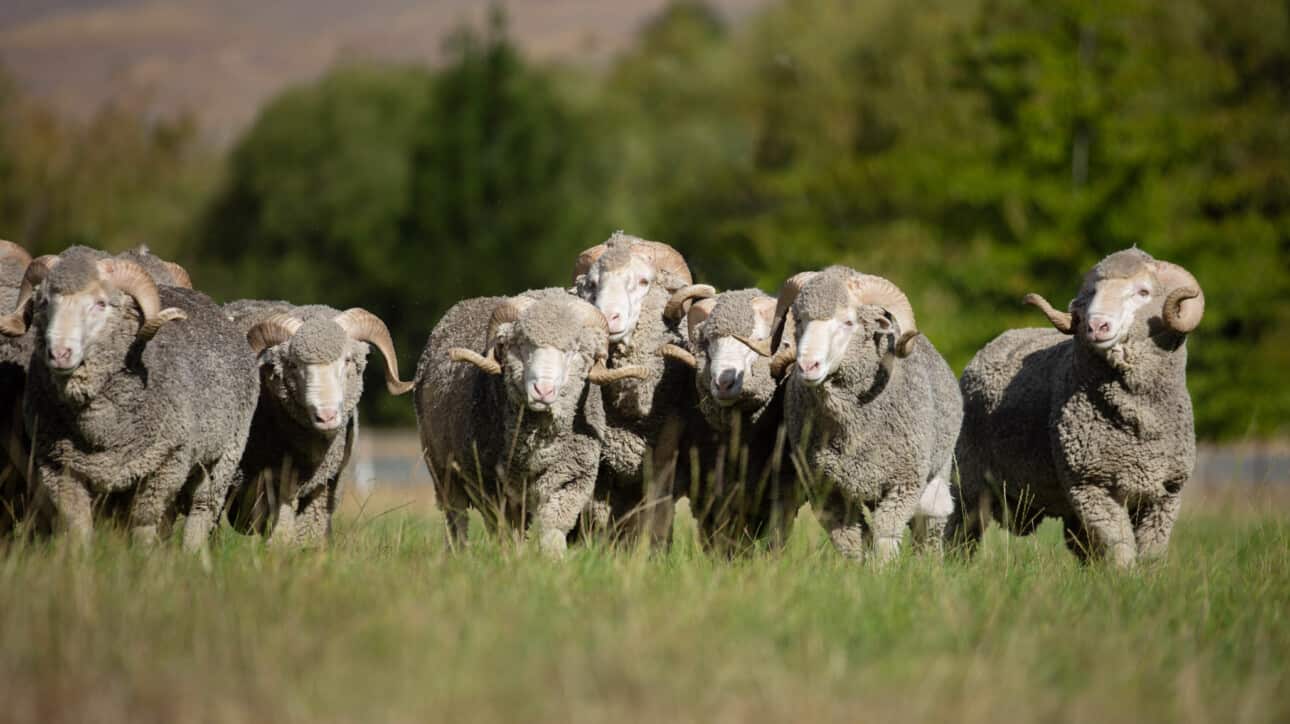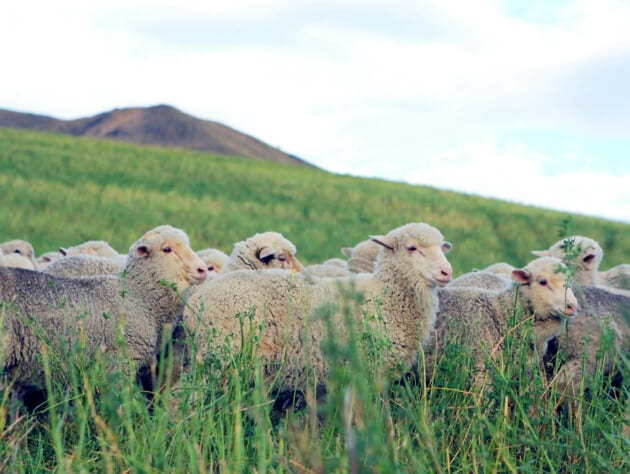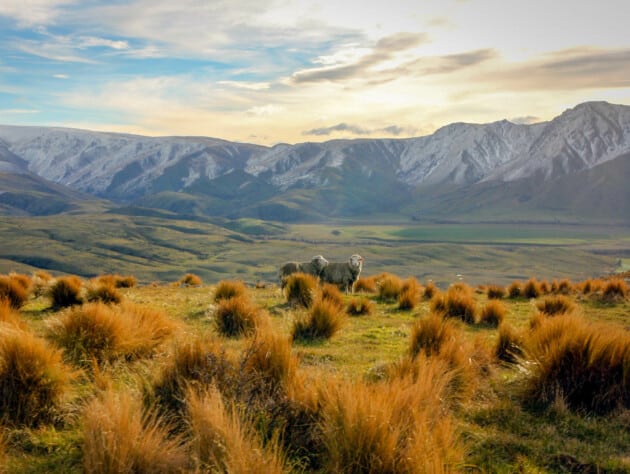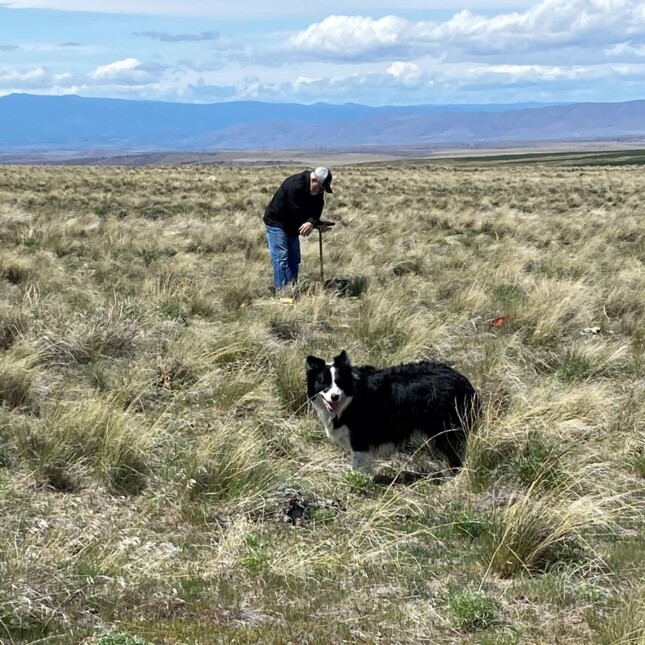Sheep wool is the most common animal fiber used in the fashion and textile industry.

About
In volume terms, sheep wool is the most common animal fiber used in the fashion and textile industry. It’s natural, breathable, and resilient, and has good insulation and thermo-regulating properties. It reacts to changes in body temperature to keep the wearer warmer when it is cold and cooler when it is warm. Wool is also odor- and wrinkle-resistant, which means that woolen clothing doesn’t need to be washed as often as other fiber types do, saving water and energy.
Challenges
Mismanagement and mishandling of animals is a risk.
The key challenges associated with sourcing wool are animal welfare and environmental impact. Mismanagement and mishandling of animals is a risk—for instance, when sheep are sheared to remove their fiber. Sheep are also subject to mulesing—the removal or destruction of wool-bearing skin. This makes sheep vulnerable to painful and sometimes fatal diseases. Being ruminants, sheep also produce the potent greenhouse gas methane as part of their digestive process.

Solutions
Regenerative land management systems can benefit sheep and people.
We’re supporting the fashion and textiles industry in switching to materials that have better environmental and social outcomes than their conventional alternatives. We believe that through regenerative land management systems, the climate impact of wool can be reduced, and these farming systems can improve biodiversity, water, and soil health while respecting the welfare of animals and people.

TAKE ACTION
Choose certified wool and push for innovation
Seek out certified wool
Brands should make commitments to source certified wool from standards that cover both animal welfare and the environment. For animal welfare, look for standards that are based on the Five Domains, a newer foundation for animal welfare requirements than the more commonly known Five Freedoms. The Five Domains provides a framework for positive animal welfare outcomes. For environmental benefit, look for standards that go beyond land management to maintain sheep productivity to those that consider soil health and wider biodiversity.

Work with farmers
To move the wool industry towards more climate- and animal-friendly practices, brands need to support change at the farm level. First, this involves tracing sources of wool back to farm or farm group level. While regenerative management techniques can mitigate environmental impact, transitioning to regenerative methods takes time and often requires new infrastructure such as fencing and water points. Brands should work towards transparency in order to understand and identify the risks and opportunities at regional supplier levels, as well as look to make long-term commitments with certified farms.

Train teams internally
There are always barriers to introducing a new product or material into the supply chain. That’s why it’s vital to train teams internally. Raising awareness of the value and importance of using more sustainable fibers, as well as setting targets and publicizing policies, can encourage your employees to make more sustainable choices.

Get Involved
Take the next steps in your sourcing journey
RWS
Our industry standard for wool
The Responsible Wool Standard (RWS) is a voluntary global standard that addresses the welfare of sheep and the land they graze on. The standard ensures transparency and traceability along the supply chain and requires certification at every stage.

MATERIALS PRODUCTION DASHBOARD
Get the latest data
You can access our latest data on production volume for wool in our Materials Production Dashboard.

